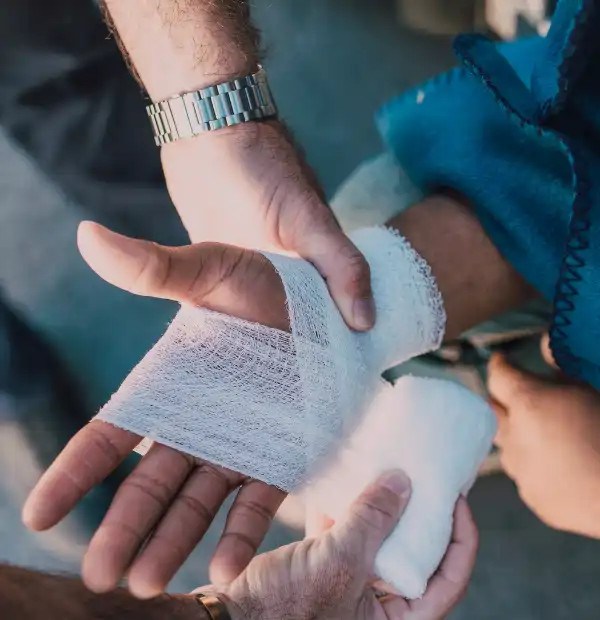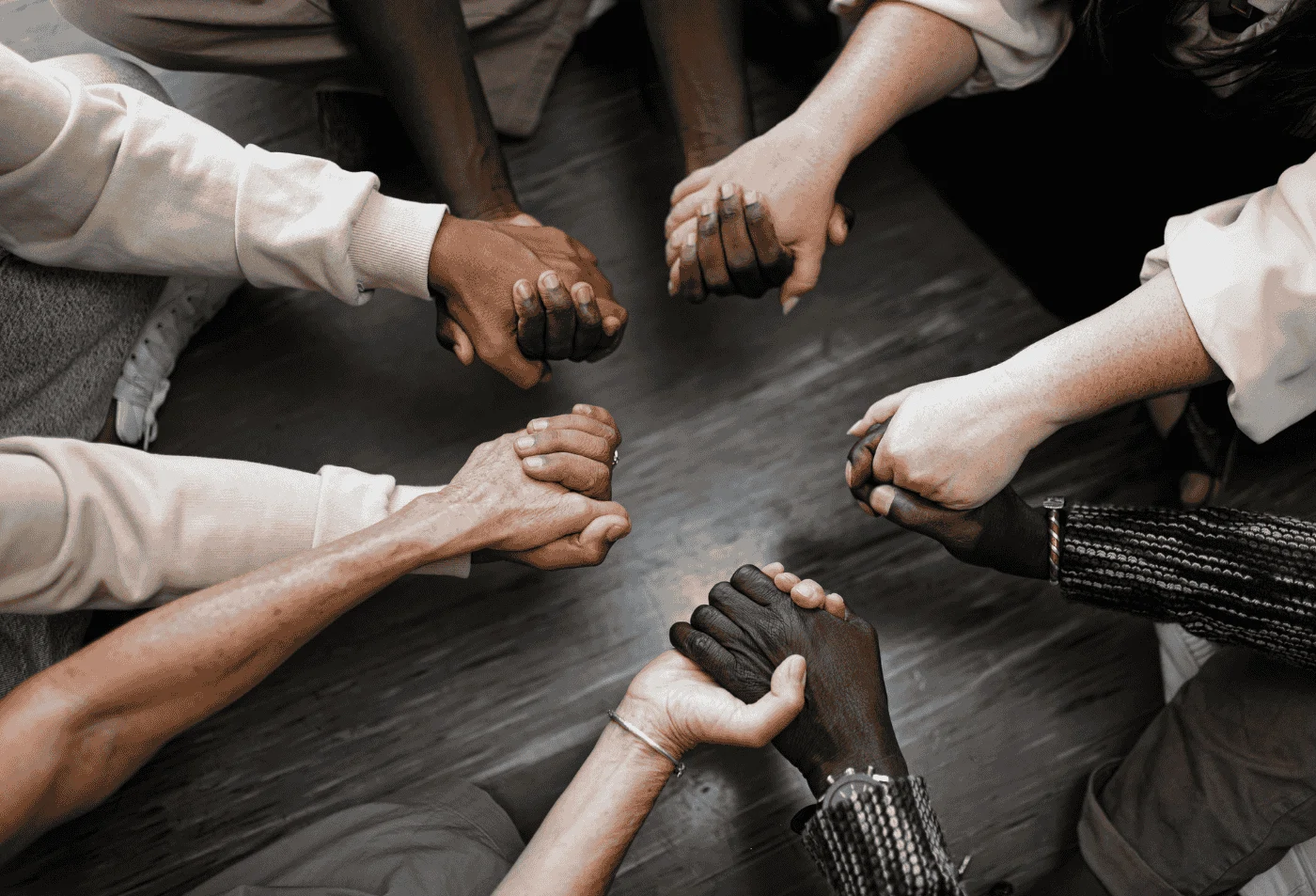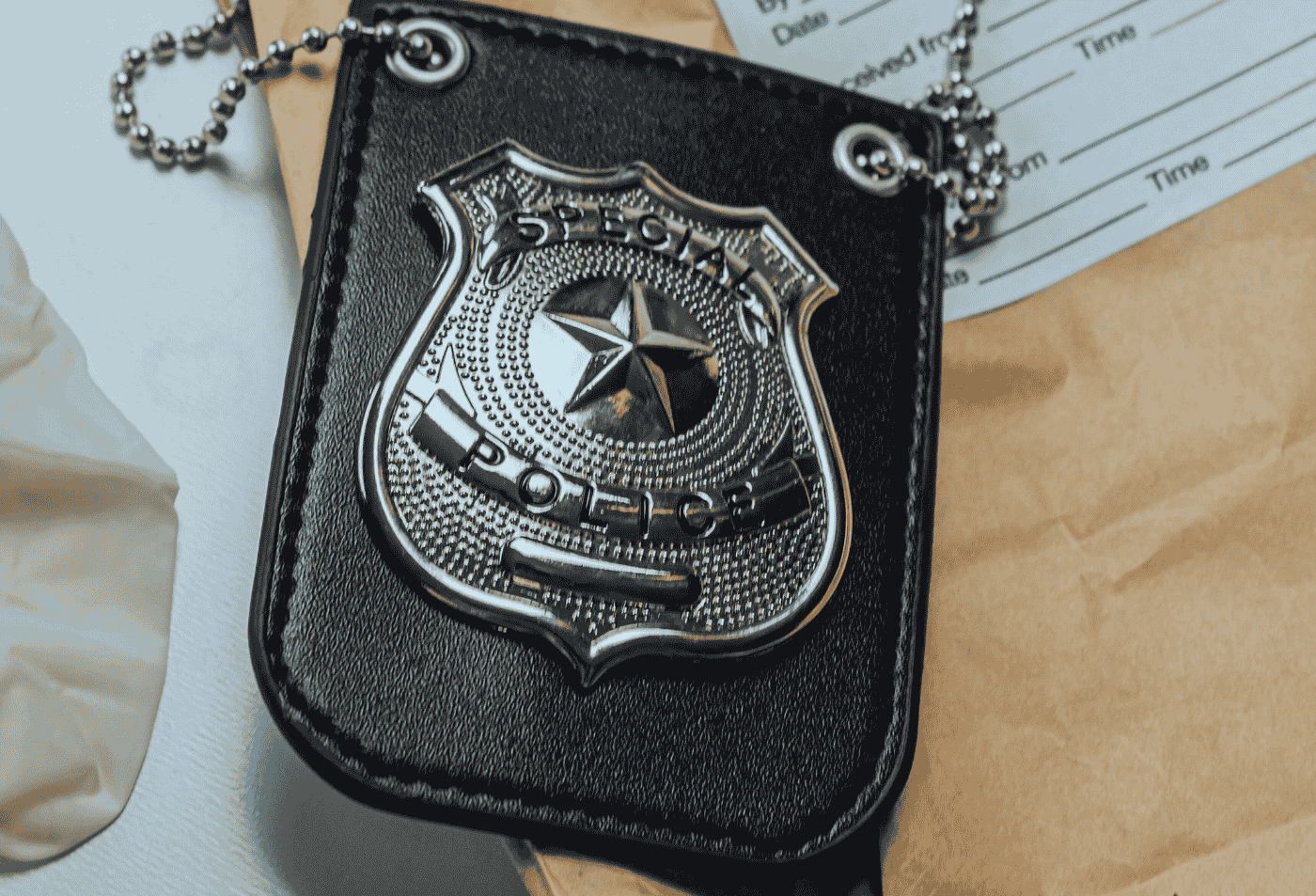轻率地造成严重身体伤害(GBH)或伤口

Understanding Recklessly Causing Grievous Bodily Harm or Wounding
In New South Wales (NSW), offences involving Grievous Bodily Harm (GBH) and wounding are treated with the utmost seriousness. While many are familiar with intentional acts of violence, the law also criminalises reckless conduct that leads to serious injury. Under NSW law, recklessly causing GBH or wounding is a distinct offence from intentional harm, but it still carries significant penalties due to the serious nature of the resulting injuries.
Grievous Bodily Harm (GBH) is defined under the Crimes Act 1900 (NSW) as “any serious or permanent disfigurement, the destruction of a fetus, or the transmission of a grievous bodily disease.” Whilst GBH does not need to be life-threatening or permanent in every case, it must be considered a “really serious” injury. Whether an injury meets this threshold is assessed on a case-by-case basis, taking into account factors such as the nature and severity of the injury, where on the body it occurred, and the victim’s potential for recovery and rehabilitation.
Grievous bodily harm (GBH) refers to significant injuries such as:
- Broken bones or fractures
- Permanent disfigurement
- Severe internal injuries
- Injuries that endanger life or require long-term medical treatment
RGBH charges require proof of recklessness rather than intent to harm, but the victim must suffer severe harm that is more than a trivial injury.
检方必须证明的要素
To convict someone of RGBH, the prosecution must prove:
- Reckless Conduct –The accused acted recklessly, without regard for the victim's safety
- Grievous Bodily Harm – The assault resulted in significant harm to the victim.
- Causation – The defendant's actions directly caused the injury.
Additionally, the prosecution must rule out any lawful justifications for the act.
可能的防御
Defence may include:
- Self-Defence– If the accused acted to protect themselves or others from imminent harm.
- Duress – If the accused was forced to committhe act due to threats of serious harm
- Necessity –If the action was taken to prevent greater harm from occurring.
- Lack of Recklessness – If the accused did not act recklessly or did not foresee the risk of harm.
A qualified lawyer can evaluate the circumstances of your case to develop an effective defence.
潜在的处罚
Penalties for RGBH depend on the case's seriousness and circumstances, including:
- Conditional Release Order (CRO) – A good behaviour bond
- Community Correction Order (CCO) – A supervised order
- Intensive Correction Order (ICO) – A custodial sentence served in the community
- Imprisonment – Up to 10 years in prison
The court considers injury severity and prior criminal history when determining the sentence.
The offence of recklessly causing GBH or wounding is primarily governed by the Crimes Act 1900 (NSW). The two main provisions are:
- Section 35(1): Recklessly cause grievous bodily harm in company
- Section 35(2): Recklessly cause grievous bodily harm
- Section 35(3): Recklessly wound in company
- Section 35(4): Recklessly wound
Each of these subsections outlines a specific category of reckless violence, with higher penalties applying where the offence is committed “in company”, meaning with one or more other persons present and participating.

法律程序
& 选项
If charged with RGBH, the legal process includes an investigation, court hearing, and potentially a trial. The outcome depends on whether the accused pleads guilty or not guilty. Legal representation is crucial to ensure the best possible outcome, whether through a defended hearing or plea negotiation.
恳求
无罪
If youdispute the charges, pleading not guilty allows your lawyer to challenge theevidence, question the credibility of witnesses, and argue that the injurieswere not as severe as claimed. If the prosecution fails to prove their case,you may be acquitted.
恳求
有罪
Pleading guilty may result in a more lenientsentence, particularly if you show remorse and cooperation. The court mayconsider factors such as:
- No prior criminal record
- Character references
- Objective seriousness
- Subjectives of the offender
- Remorse and rehabilitation efforts
A guilty plea could lead to a reducedsentence, potentially avoiding lengthy imprisonment.
- 不
不需要身体接触。您可以被指控普通攻击,只要威胁或试图造成伤害,只要受害人对即刻暴力有合理的恐惧。
- 是的
普通攻击的定罪将导致犯罪记录,这可能影响您的就业、旅行和未来机会。
然而,如果法院被说服根据第10条处理此事,可能避免定罪。
一旦提起指控,由警察或检察官决定是否继续或撤销,而不是受害人。虽然可能会考虑受害人的愿望,但继续的决定在于公诉局长(DPP)或新南威尔士州警察。
- 是的
如果威胁使受害人害怕即刻和非法的暴力,口头威胁可以构成普通攻击。
威胁必须足够严重,并在受害人真诚地相信伤害可能即将发生的情况下提出。
主要区别在于伤害的程度。普通攻击不需要证明伤害,而AOABH涉及超出短暂或轻微的身体伤害,例如淤伤、割伤或心理创伤。AOABH带有更重的处罚。
如果您能够证明您合理地相信您的行为是保护自己或他人所必需的,您不应被认定有罪。法院将考虑您是否相信武力是必要的,以及您的反应是否成比例。这是一个常见和有效的法律辩护。
- 不
不需要伤害。普通攻击可以来自威胁性手势、打耳光、推收或任何导致另一个人害怕非法武力或未经同意的轻微身体接触的行为。
未能出席法庭可能导致发出逮捕令。在指定的日期出席法庭至关重要,或如果可能安排法律代表代表您行事。如果您不确定,请始终联系法院或您的律师。
- 是的,但只有在警察或检察官的酸量权下。
如果证据不足或所称的受害人拒绝合作,检察官可能在律师和警察之间的谈判后撤销指控。然而,即使没有受害人的支持,指控仍然可以继续。
- 是的,新南威尔士州的法院可以根据《1999年犯罪(判决程序)法》第10条发出非定罪结果。
这意味着您被认定有罪但不记录定罪。如果罪行轻微并且您没有前科,这可能更有可能。
普通攻击涉及引起对即刻暴力的恐惧或担忧,或未造成重大伤害的轻微身体接触。AOABH涉及导致超出轻微或短暂伤害的实际身体伤害的攻击。
“实际身体伤害”包括干扰受害人健康或舒适的伤害,超出了微不足道的程度。示例包括:
- 淤伤或肿胀
- 裂伤或割伤
- 流鼻血
- 是的,它是一项可起诉的罪行。
然而,在某些条件下(取决于严重性以及检察官或辩护方的选择),它可以在地方法院简易审理。
- 是的
如果一拳导致伤害,例如淤伤、裂伤或流鼻血,可能足以支持AOABH指控。
抵抗指对合法警察行动的任何身体或积极反对(例如,在逮捕期间抽身)。阻碍可能涉及更被动的干扰,例如:
- 提供虚假信息
- 阻止警察进入某个地点
- 鼓励其他人抵抗逮捕
- 不
警察不需要穿制服,但他们必须明确地表明自己是警察。
此罪行仅适用于警察合法地执行职责时(例如,不是下班或非法行事)。
如果您能够证明您合理地相信您的行为是保护自己或另一个人所必需的,您可能有有效的自卫论证。这种辩护必须通过情况和事实仔细支持。
要被认定为轻率,法院必须认定在您的位置上的一个理智的人会意识到存在造成严重伤害的实质性风险。如果风险不明显或不可预见,这可能是一种辩护。一个经典的例子可能是,一个人将玻璃瓶扔向另一个人的脸,造成了眼睛失明。一个理智的人会意识到这样做可能伤害眼睛。
在某些情况下,法律代表可以与检察官谈判,根据伤害、证据和意图,将指控减少为造成实际身体伤害的攻击(AOABH)或普通攻击。
“伤口”涉及破坏皮肤的内外层(例如深切口或穿刺),而“GBH”涉及更严重或永久性的伤害。
故意伤口很严重,但由于造成的伤害程度更大,故意GBH通常导致更严厉的处罚。
“造成GBH或伤口并有意图”意味着检察官必须证明被告故意意图对另一个人造成严重伤害或伤害,而不仅仅是轻率行事。
重要的是要注意意图是一个关键要素,必须毫无疑问地证明。
- 是的
如果检察官能够证明存在造成GBH或伤口的意图,即使伤害不是永久性的或没有预期的那么严重,您仍然可以根据《1900年新南威尔士州犯罪法》第33条被定罪。
- 是的
- A Criminal lawyer can help you by:
- 解释您的权利和法律程序。
- 评估您是否有有效的辩护。
- 与检察官谈判以减少指控或处罚。
- 为您的案件准备并代表您进行辩护。
- 帮助减少对您未来的影响,例如避免犯罪记录。
- 早期法律建议可以显著提高您获得有利结果的机会。
- 寻找一位在辩护攻击和暴力罪行方面有证明经验、对当地法院有深入了解并且有为客户取得成功结果历史的刑事律师。
如果您能够证明您合理地相信您的行为是保护自己或另一个人所必需的,您可能有有效的自卫论证。这种辩护必须通过情况和事实仔细支持。
要被认定为轻率,法院必须认定在您的位置上的一个理智的人会意识到存在造成严重伤害的实质性风险。如果风险不明显或不可预见,这可能是一种辩护。一个经典的例子可能是,一个人将玻璃瓶扔向另一个人的脸,造成了眼睛失明。一个理智的人会意识到这样做可能伤害眼睛。
在某些情况下,法律代表可以与检察官谈判,根据伤害、证据和意图,将指控减少为造成实际身体伤害的攻击(AOABH)或普通攻击。
- 是的
- A Criminal lawyer can help you by:
- 解释您的权利和法律程序。
- 评估您是否有有效的辩护。
- 与检察官谈判以减少指控或处罚。
- 为您的案件准备并代表您进行辩护。
- 帮助减少对您未来的影响,例如避免犯罪记录。
- 早期法律建议可以显著提高您获得有利结果的机会。
- 寻找一位在辩护攻击和暴力罪行方面有证明经验、对当地法院有深入了解并且有为客户取得成功结果历史的刑事律师。
成功案例和文章
Brightstone Defence全年提供有针对性的刑事辩护服务,并建立了良好的成功记录。
认识我们的律师
世界一流
代表
100 多条 5 星评价
为每个案例量身定制的个性化法律策略
刑事辩护法领域公认的领导者
免费初步咨询和案例评估
在高风险和复杂的案件中证明是成功的
即时获取预估报价
和免费咨询会议
面临刑事指控?我们经验丰富的辩护律师随时为您提供帮助。立即预订免费咨询,讨论您的案例并了解您的选择。









